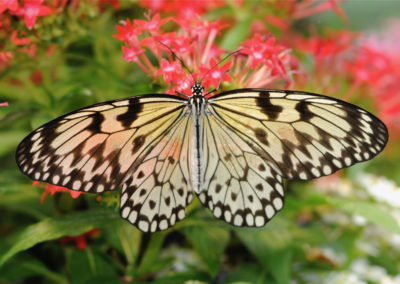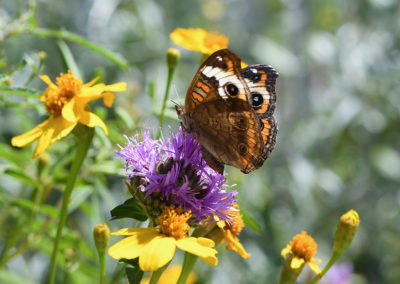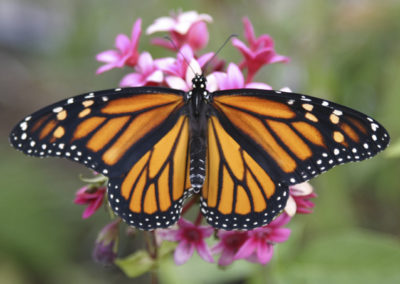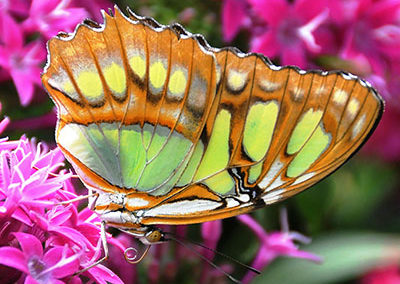BUTTERFLY PHOTOGRAPHY
Tiny Blues mimicking the sky visit coastal sage scrub as a Cloudless Sulphur flutters by like a bit of harnessed sunshine.
~K. D'Angelo

Butterfly Photography
— Nevermore will a Flying Flower drift by you unnoticed —
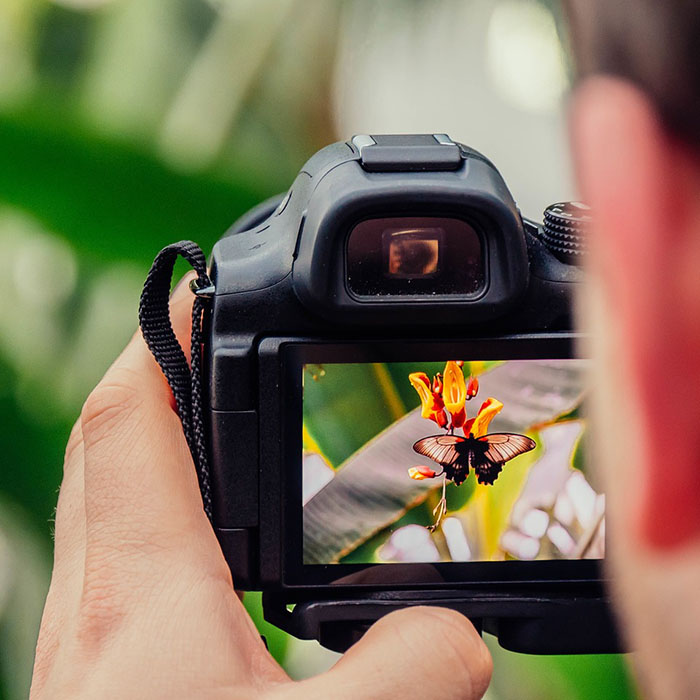
How to Photograph Butterflies
As you set out to photograph butterflies, whether it is in your own backyard or out in the field, the number one rule to remember is that there are no rules, save to enjoy yourself and to delight in your subject!
More important than any equipment, setting or technique is the photographer’s desire to capture and share their passion for nature. The best images are those which reflect the beauty that the eye of the photographer sees.
Butterflies, by their very nature, can engage us both visually and emotionally. As we seek to photograph these flying flowers, it is important to remember that the very characteristics that can make them challenging to shoot are the same ones we are so mesmerized by.
When embarking on your photographic adventure, it is essential to pack not only the proper camera gear, but to also be equipped with a positive attitude. Take with you just a bit of patience and the goal of spending some time playing intimately with the butterflies and I promise you will not be disappointed.
Who, What, Where?
Depending on the experience that one wants to have, from your own back yard, to a wilderness park or even in a man-made pavilion, there are many different places where butterflies can be found and photographed.
Enclosed butterfly houses are literally popping up all over the country. They are a great place to go if you want to try out new equipment or practice your photography techniques. Often, they are climate controlled and one will most certainly encounter a variety of species upon each visit.
Many common butterflies can also be seen right in your own garden, especially if you are a butterfly gardener. Begin to scan and survey your community and you will find butterflies everywhere; at parks, along roadsides, in clearings or anywhere nectar plants are readily available.
Planning an outing to a nearby preserve or other wildlife sanctuary can be advantageous if you are seeking to come across more uncommon butterflies or if you just feel like venturing out of your local neighborhood for a quiet communing with Mother Nature.
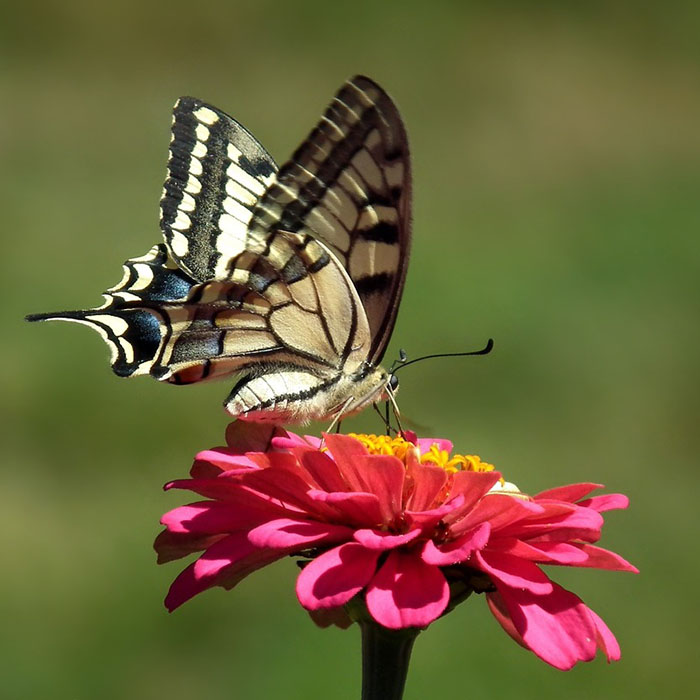
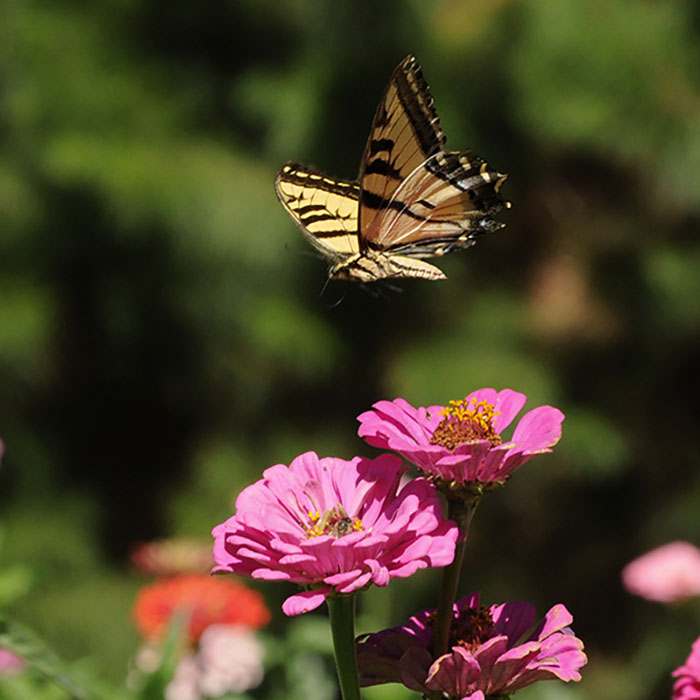
When?
The optimal time and setting for butterfly photography is a personal decision based upon the objectives of the individual photographer, although, Mother Nature’s whims often come into play too!
If you are an early riser and in the mood for a good scavenger hunt, then you may want to venture out with the sun as it climbs the morning sky. The lighting at this time of day is unique and often lends itself to more dramatic shadowing of subjects. Also, because of the cooler conditions, butterflies can often be found resting motionless in the morning dew. Skilled huntsmen will be rewarded for their perseverance, as they discover cloaked species of butterflies, found in varying stages of metamorphosis, hiding out amongst the camouflaging trees, branches and other crevices provided by the natural terrain.
As the sun continues its ascent, temperatures soar, awakening and providing butterflies with the warmth they need to fly. By high noon, the landscape is top lit and all a-flutter with busy frequent fliers. Often, butterflies linger near popular nectar sources and host plants, which attract others of their kind. Find one of these hot spots and you may easily find yourself lost in the treasures of creation, experiencing the genuine joys of photography.
You are on nature’s clock now, so, it is only when the suns rays begin to slip closer to the horizon and the white light of mid day turns, that you become aware of the hour. Butterflies are also mindful of this subtle timepiece and of the changing temperatures that chime in with it. Try if you can to catch an image of a butterfly dancing with the soft yellow hues of the late afternoon, for, by dusk, they will all have returned to the safety of their nighttime havens.
How?
Once you have drawn butterflies into your garden with a variety of desirable host plants, get them to stay, and keep coming back, by providing them an ample supply of their favorite nectar plants. Nectar plants contain a sugar-rich liquid produced by the flowers which in turn attract butterflies, nectar loving birds and pollinating insects. Butterflies have a natural relationship with flowering plants. Just like the bees, butterflies pollinate flowering plants, and in return for their services they are provided with an energizing nectar drink.
As flowering plants and butterflies have evolved together over the course of millions of years, they have learned to talk to one another by speaking the “language of flowers”. Some plants will continually change the colors of their blooms, to show the butterflies which flowers still have nectar in them. For this reason, butterflies can be partial to certain hues such as yellow, red, purple or pink. These colors are frequently advertised on flower heads, which are rich with nectar.
Other plants have evolved to provide easily accessible landing pads for butterflies. Butterflies prefer these flat-topped flowers because they are simple to set down and feed upon. They also provide a clear view to any possible predators hiding within.
Check our suggested list of butterflies’ favorite nectar plants. Notice how many of them flaunt blooms that are flat on top and are attractively colored to appeal to butterflies.
The female butterfly will definitely notice and take advantage any healthy host and nectar plants you provide in you butterfly garden! And where there are females, there are also males to be found. You won’t need to turn on the afternoon soap to catch a bit of drama. With butterflies fluttering about, it will be happening right in your own back yard.
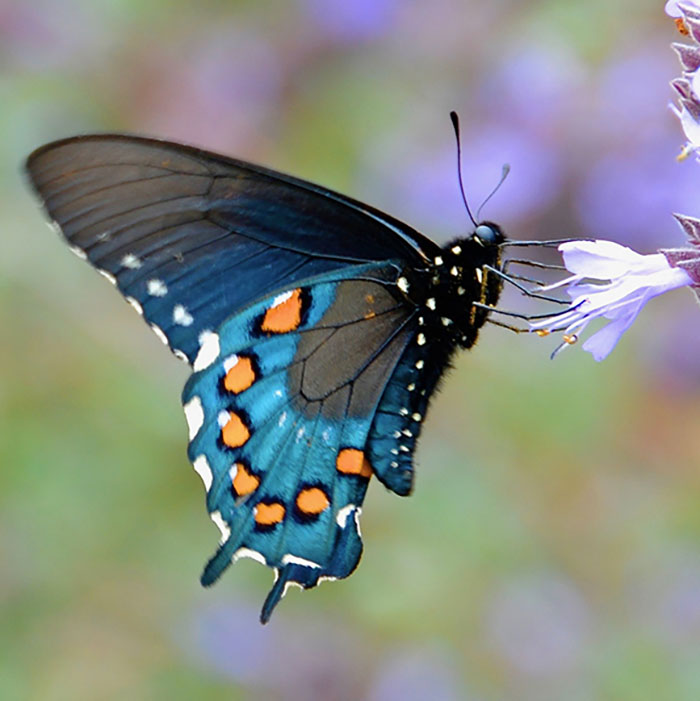
Approaching Butterflies
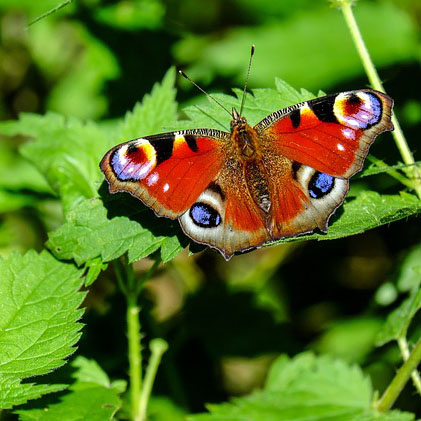
Know Your Subject
Flying Flowers are certainly not as easy to photograph as static ones, however, when the mission is accomplished, the rewards can be great. Pick up a field guide to butterflies and/or a book on butterfly lifecycle to further acquaint yourself with their world. Learn about their preferred host and nectar plants, study their behaviors and become familiar with their favorite hot spots. Remember, your goal is to have fun interacting with butterflies and getting to know them
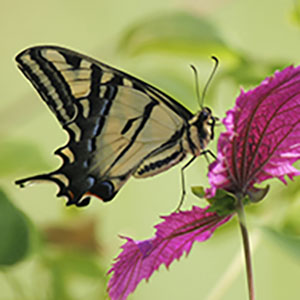
Slow & Sly
Some butterflies are more approachable than others. Depending on the species, a sudden movement may be of no consequence to one, but may startle another, causing it to fly off promptly. In either case, if you think you have the time, survey the situation first before approaching the subject. Choose an angle you want to shoot from, consider the lighting and also determine where your shadow will fall. Notice the surrounding foliage and determine whether stepping upon it could be disturbing to your subject as you approach. Also, it is prudent to always advance slowly, despite a butterfly’s tendency to be skittish or not.
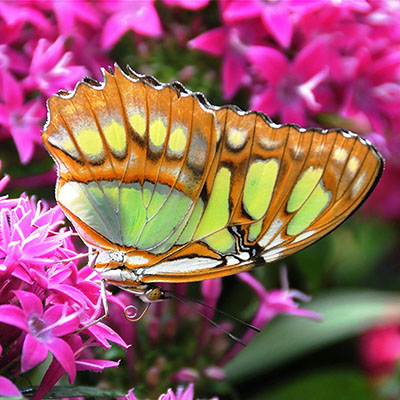
Shoot Away before it Flies Away
Butterflies, just like people, have definite personalities. Some are more friendly, often becoming used to or even interested in you, while, others will be more disturbed by your photographic efforts. If it is possible to, get some test shots of your butterfly, then, if you are happy with the settings, shoot away before it flies away! Take as many pictures as you can while your subject is still and in focus. Be sure to capture images of your butterfly from several different angles and remember to be creative in your perspectives.
Composition
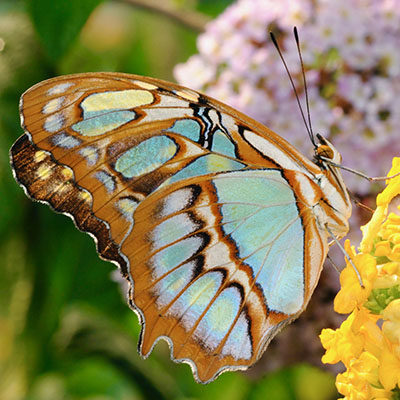
Focusing
Using either manual or auto focus will work when shooting butterflies, which to use is entirely up to the photographer. Regardless of the method chosen, to ensure that the butterfly’s torso and wings will be in focus keep your camera parallel to butterfly’s body. You will only have one plane of complete sharpness and this technique should help you get the result you want.
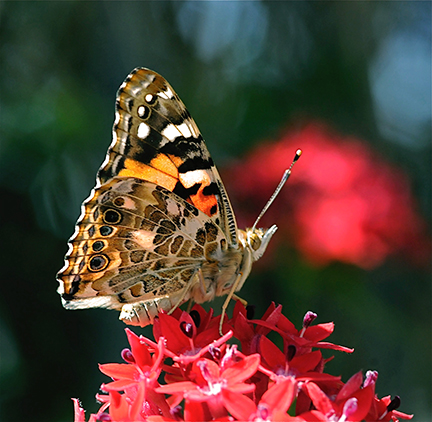
Positioning & Background
Evaluate your subject through your lens and be aware of the background that you are shooting. Does it contain distractions such as bright spots, weeds, sticks or dead flowers that you want to avoid? Or could the background actually enhance your picture somehow, and if so, how can you move so that it is more complimentary to your composition? You may find yourself having sit, stand, squat or even lie upon the ground to accomplish getting the appropriate angle for the shot you want.
Tools
Camera
Many types of cameras can be used to shoot butterflies. The most common type used is a Single-Lens Reflex (or SLR) digital camera. These are widely available in many different price ranges, but all work well for photographing butterflies. A simple point and shoot can also do the job if that is what you have on hand.
Lenses
Several lenses also work effectively to enhance your photography. Macros (designed for close-ups 100mm) and telephotos (designed to capture far away subjects 75mm-200mm) are among the most commonly used. Which is chosen, again, depends on the place, subject and desire of the photographer. Extension tubes and teleconverters are also used in conjunction with various lenses to achieve desired effects.
Lighting & Flash
To flash or not to flash? That is the question! As is most often the case in photography, whether to use a flash or not, is up the individual photographer. Again, it depends on the subject, location and desire of the photographer. Just note, that using or not using a flash will dramatically affect the outcome of the photo. Regardless of which method chosen, it is prudent to take some test shots to make sure that the image is not being over or under exposed. Not enough light can make an image dull and dark, where as to strong of a flash can cause an over exposure and/or harsh shadows. When opting for a flash, to gain more control over the lighting, you may want to over-ride the flash’s auto exposure mode and set it to release precisely the amount of flash desired.
Tripod
Tripods are good to use in butterfly photography if you are shooting a still subject, such as chrysalis, with macro lens, but can otherwise be cumbersome to carry around, especially while chasing butterflies.
Accessories
Ring lights (for use with macro lenses) and brackets (which raise the flash slightly above the camera) are often used to aid in lighting and enhance images. Aperture f16 is a good setting if you’re using a macro lens and the light is optimal and the subject is still. ISO is commonly set to around 400 but if you want to capture a butterfly in flight you may want to increase the shutter speed by adjusting the ISO to around 800.

